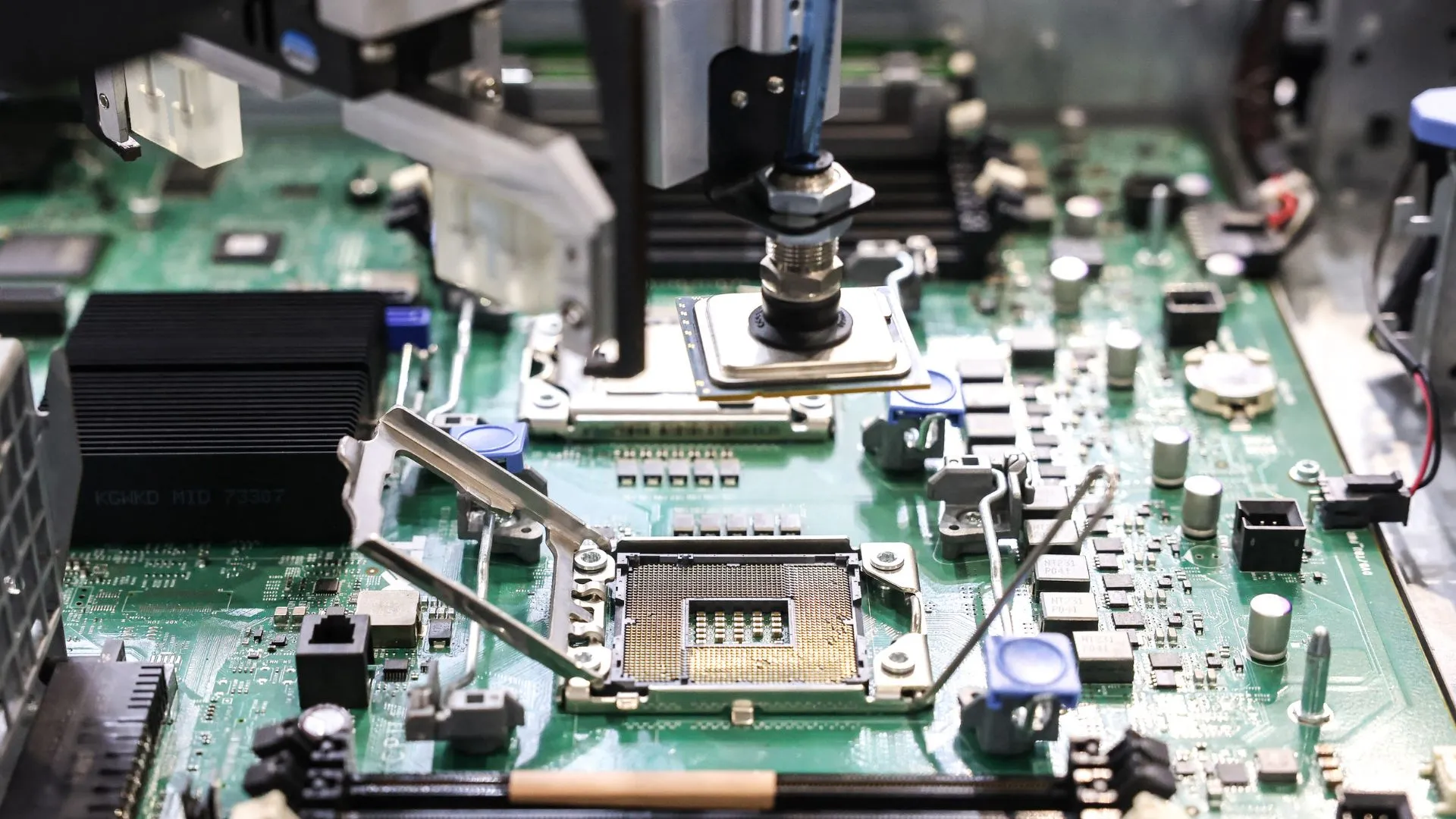
MIT engineers have developed a magnetic transistor that could pave the way for smaller, faster, and more efficient electronics.
By replacing silicon with a magnetic semiconductor, the team created a device that not only switches current but can also store information.
Transistors form the foundation of all modern electronics. Built from silicon, they regulate electrical current or amplify weak signals.
But silicon has a built-in physical limit: it cannot operate below a certain voltage. That ceiling blocks further gains in efficiency.
To overcome this, researchers have long looked at spintronics, which uses electron spin as well as charge.
Magnetism offers a pathway, but most magnetic materials lack the right electronic qualities to compete with silicon.
“In this work, we combine magnetism and semiconductor physics to realize useful spintronic devices,” said Luqiao Liu, an associate professor in MIT’s Department of Electrical Engineering and Computer Science (EECS).
The MIT team turned to chromium sulfur bromide, a two-dimensional material that acts as a magnetic semiconductor.
Its structure allows researchers to switch between two magnetic states with precision.
That switching alters its electronic behavior and makes low-energy operation possible. Unlike many other 2D materials, it remains stable in air.
“One of the biggest challenges we faced was finding the right material. We tried many other materials that didn’t work,” said graduate student Chung-Tao Chou, co-lead author of the paper.
Cleaner process, stronger signal
To build their device, engineers patterned electrodes on a silicon substrate and transferred the thin magnetic material on top.
Instead of using solvents or glue, they picked up the film with tape and placed it directly.
“A lot of researchers will use solvents or glue to do the transfer, but transistors require a very clean surface. We eliminate all those risks by simplifying this step,” Chou said.
The clean interface boosted performance. While most magnetic transistors only shift current by a few percent, the MIT device changes it by a factor of ten.
That stronger switching also enables faster, more reliable readouts.
The researchers initially toggled the magnetic state with an external magnetic field, using far less energy than a typical silicon transistor requires.
They also showed that electrical currents can control the state, a vital step for practical electronics. Engineers cannot rely on external magnets for every transistor on a chip.
Logic with built-in memory
The unique magnetic properties mean the transistor can also store information. Conventional memory devices use separate magnetic cells and transistors. The new design merges both.
“Now, not only are transistors turning on and off, they are also remembering information. And because we can switch the transistor with greater magnitude, the signal is much stronger so we can read out the information faster, and in a much more reliable way,” Liu said.
Chou emphasized the broader promise of merging magnetism with electronics.
“People have known about magnets for thousands of years, but there are very limited ways to incorporate magnetism into electronics. We have shown a new way to efficiently utilize magnetism that opens up a lot of possibilities for future applications and research,” he said.



